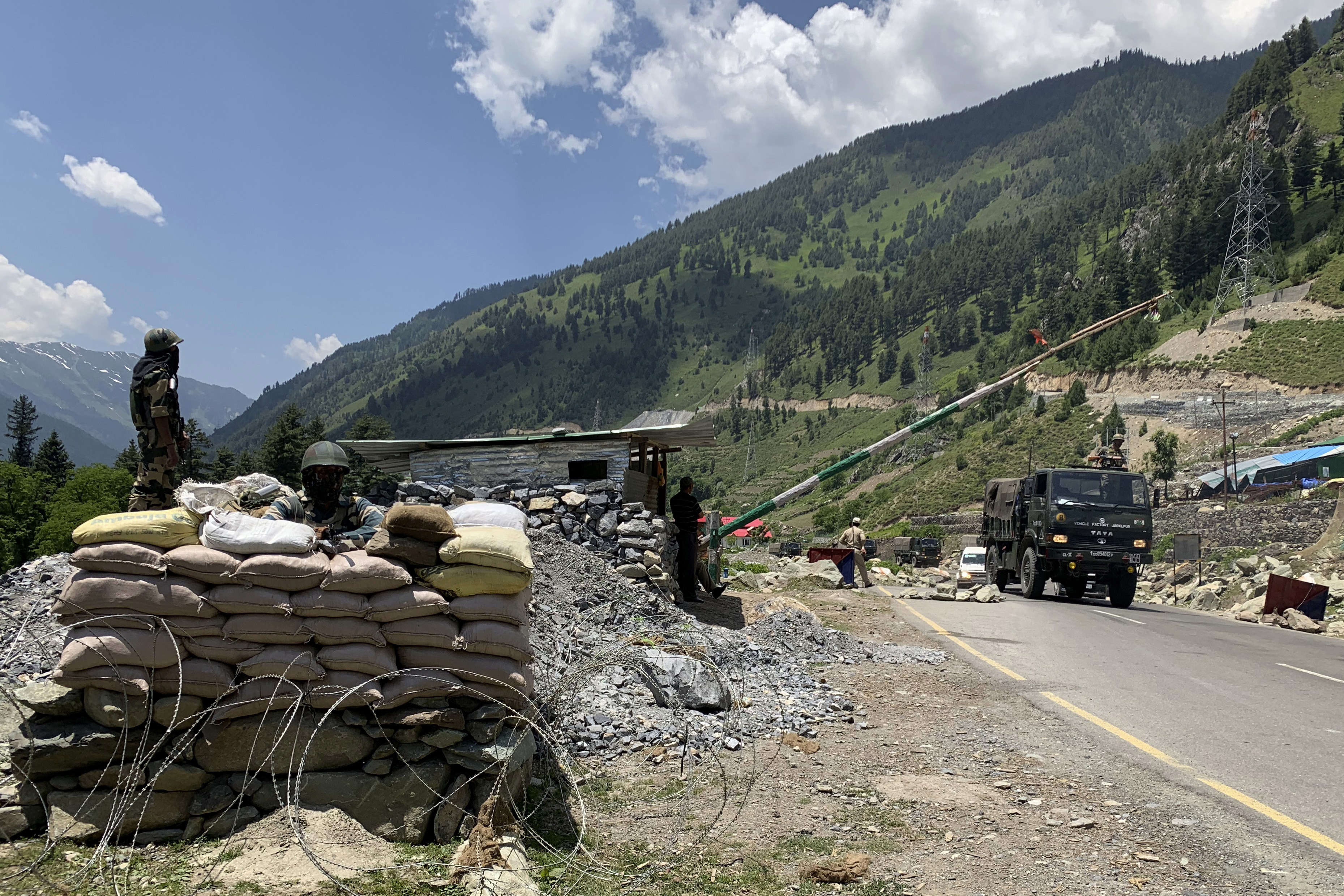Neither New Delhi nor Beijing wants to talk about the first capture of Indian soldiers by Chinese troops in 58 years and their release, but details are trickling out.
It took three days of intense diplomatic and military-level negotiations to secure the release of 10 Indian soldiers from the Chinese, who brandished the pictures of the captives and adopted a “threatening tone” at one point during the talks, sources in the security establishment have told The Telegraph.
On Thursday night, word emerged that the Chinese had freed 10 Indian soldiers, including a lieutenant colonel and three majors, who had been captured during Monday night’s violent faceoff that killed 20 Indian soldiers and injured at least 76 in the Galwan Valley, eastern Ladakh.
On Friday, faced with multiple news reports on the release, the Indian Army neither confirmed nor denied the release but referred to its statement on Thursday a few hours before information on the release came to be known.
That army statement had said without elaborating: “It is clarified that there are no Indian troops missing in action.”
Which was correct -– because by then, the 10 soldiers had been released by the Chinese.
China, whose mastery at making enigmatic but telling statements is unrivalled, lived up to its reputation on Friday. “As far as I know, China presently has not detained any Indian personnel,” PTI quoted Chinese foreign ministry spokesperson Zhao Lijian as telling reporters in Beijing.
In New Delhi, a senior security official told this newspaper: “We succeeded in securing their release after three consecutive days of intense major general-level and diplomatic negotiations. During one of the meetings, the Chinese confronted the Indian side with photographs of the 10 soldiers, adopting a threatening tone that seemed to imply the captives could be harmed.”
The official added: “Initially, the Chinese were adamant (about not releasing the Indians) but eventually gave in following intense persuasion.”
All the 10 released soldiers were stable and “walked back with the Indian team”, the security official said. They were medically examined and later debriefed by senior officers.
The last time the Chinese had captured Indian soldiers was during the 1962 war.
The official declined to discuss whether Thursday’s release involved any terms.
A retired army officer, who wished to remain anonymous, suggested that China would have freed the captives anyway but probably wanted to squeeze diplomatic mileage out of the situation.
“After transgressing into Indian territory, the Chinese are playing a very smart game. By capturing and releasing Indian soldiers, they are trying to send a message across that they are not the aggressors,” he said.
“They want to be seen as defending their territory, having captured those who infiltrated into their side and later releasing them.”
According to PTI, asked if India had detained any Chinese soldiers, spokesperson Zhao said in Beijing on Friday: “China and India are (engaged) in a dialogue to resolve the matter on ground through diplomatic and military channels. I don’t have any information for you at the moment.”
He added: “I would like to reiterate that regarding the serious situation in the Galwan Valley, the right and wrong is very clear and the responsibility entirely lies with the Indian side.”
China has so far not acknowledged any casualties among its troops although India claims there were casualties on both sides.
The major general-level talks continued on Friday to seek an amicable solution to the border standoff at multiple sites in eastern Ladakh.










